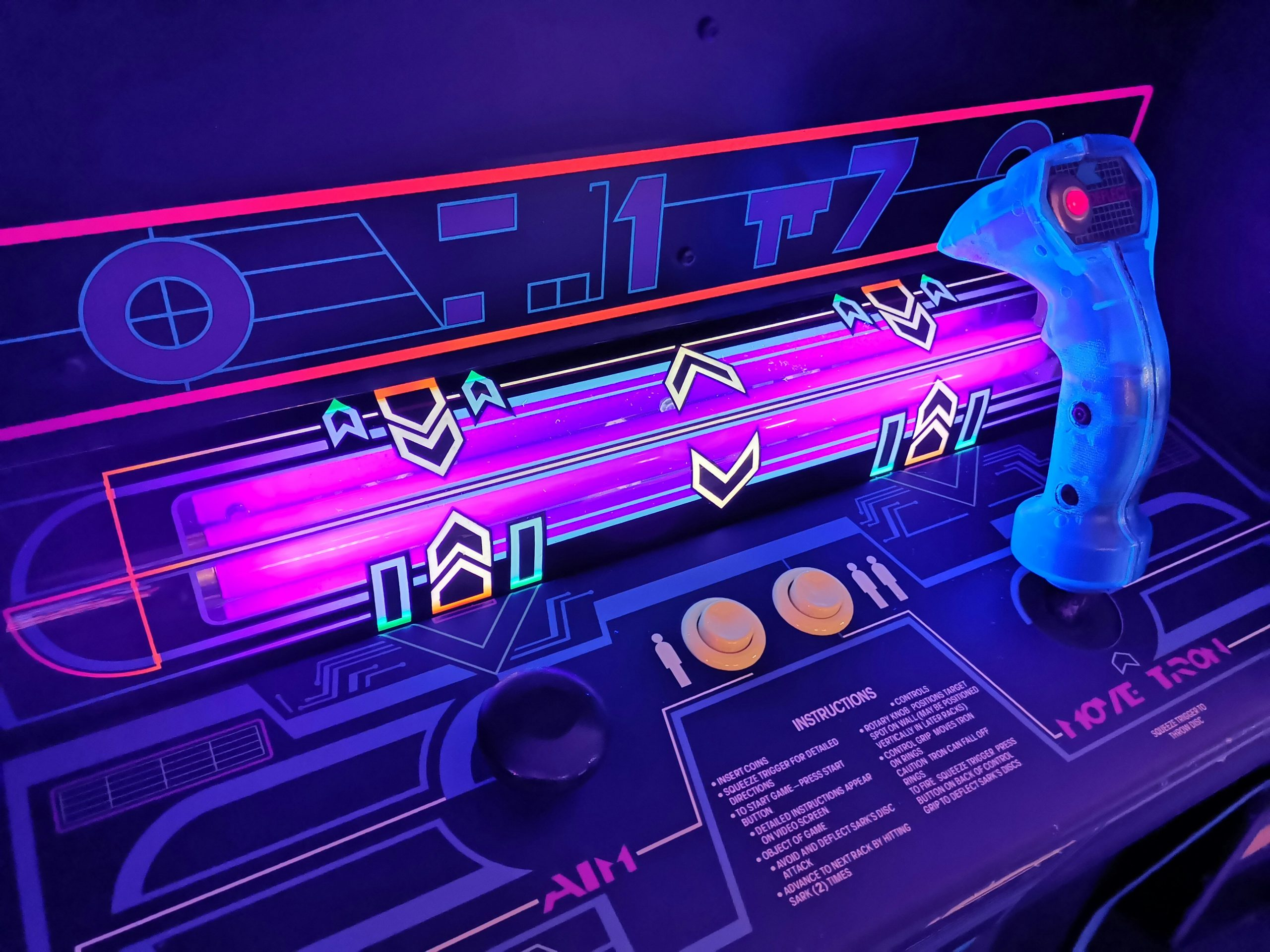Stealth Assessment: Measuring Learning Through Gaming Behaviors
Gaming has been a popular pastime for people of all ages and backgrounds for decades now. It’s an enjoyable and immersive experience, offering players a chance to escape reality and enter virtual worlds. But what if I told you that gaming could also be a powerful tool for learning? Enter stealth assessment – a method of measuring learning through gaming behaviors.
The Emergence of Stealth Assessment
The idea of using games as a way to assess learning is not a new one. In fact, educators have been incorporating games into learning for quite some time now. However, the concept of stealth assessment is a more recent development. It was first introduced by psychologists Valerie Shute and Matthew Ventura in 2013, and it has since gained traction in the educational and gaming communities.
What is Stealth Assessment?
Stealth assessment is a method of evaluating students’ knowledge and skills through their in-game behaviors. It involves embedding assessments within the game itself, rather than administering a separate test. This allows for a more natural and authentic assessment of a student’s understanding of the game’s content and mechanics.
For example, imagine a history game that requires players to choose the correct date for various historical events. Instead of giving players a multiple-choice quiz at the end, the game would track their choices and actions throughout the game to determine their knowledge of the subject matter.
The Benefits of Stealth Assessment
1. More Engaging for Students
Traditional forms of assessment, such as tests and quizzes, can often be dull and unengaging for students. They may see them as a chore and lack motivation to perform well. However, gaming is inherently more engaging, making students more likely to participate and be invested in the learning process.
2. More Accurate Assessment of Learning
Stealth assessment provides a more accurate representation of a student’s knowledge and skills compared to traditional methods. This is because it captures students’ actions and decisions in a real-time setting, rather than asking them to recall information from memory in a high-pressure testing environment.
3. Personalized Learning Experience
Since gaming is an interactive experience, it allows for more personalized learning. The game can adapt to the students’ choices and provide targeted feedback and learning opportunities based on their strengths and weaknesses.
4. Prepares Students for the Real World
In today’s digital age, gaming is a prevalent form of entertainment. By using stealth assessment, educators can tap into this familiar medium and prepare students for the real world. Many industries use gamification and simulations for training and assessing employees, making stealth assessment a valuable skill for students to have.
Challenges of Implementing Stealth Assessment
While there are many benefits to using stealth assessment, there are also some challenges that come with implementing it.
1. Development Time and Resources
One of the biggest challenges of incorporating stealth assessment into education is the time and resources required to develop these games. It takes a lot of effort, expertise, and funding to create a game that not only is fun and engaging but also effectively assesses learning.
2. Accessibility and Equity
Not all students have equal access to technology and resources needed for gaming. This can create an equity issue, as some students may not have the opportunity to participate in stealth assessment and may be at a disadvantage compared to their peers who do.
3. Validity and Reliability
The validity and reliability of stealth assessment can also be a concern. It’s essential to ensure that the assessment accurately measures students’ knowledge and skills and that it’s consistent and fair for all students.
The Future of Stealth Assessment and Gaming in Education
With the increasing popularity and accessibility of gaming, it’s likely that we will see more and more schools and educators incorporating stealth assessment into their curriculum. As technology advances, we can also expect to see more sophisticated and effective ways of implementing stealth assessment in gaming.
Stealth assessment offers a unique and exciting way of measuring learning that goes beyond the traditional methods. It’s a game-changer in the education world, providing a more engaging and accurate assessment of students’ knowledge and skills. Who knows, in the future, we may see stealth assessment become the norm in classrooms around the world.











